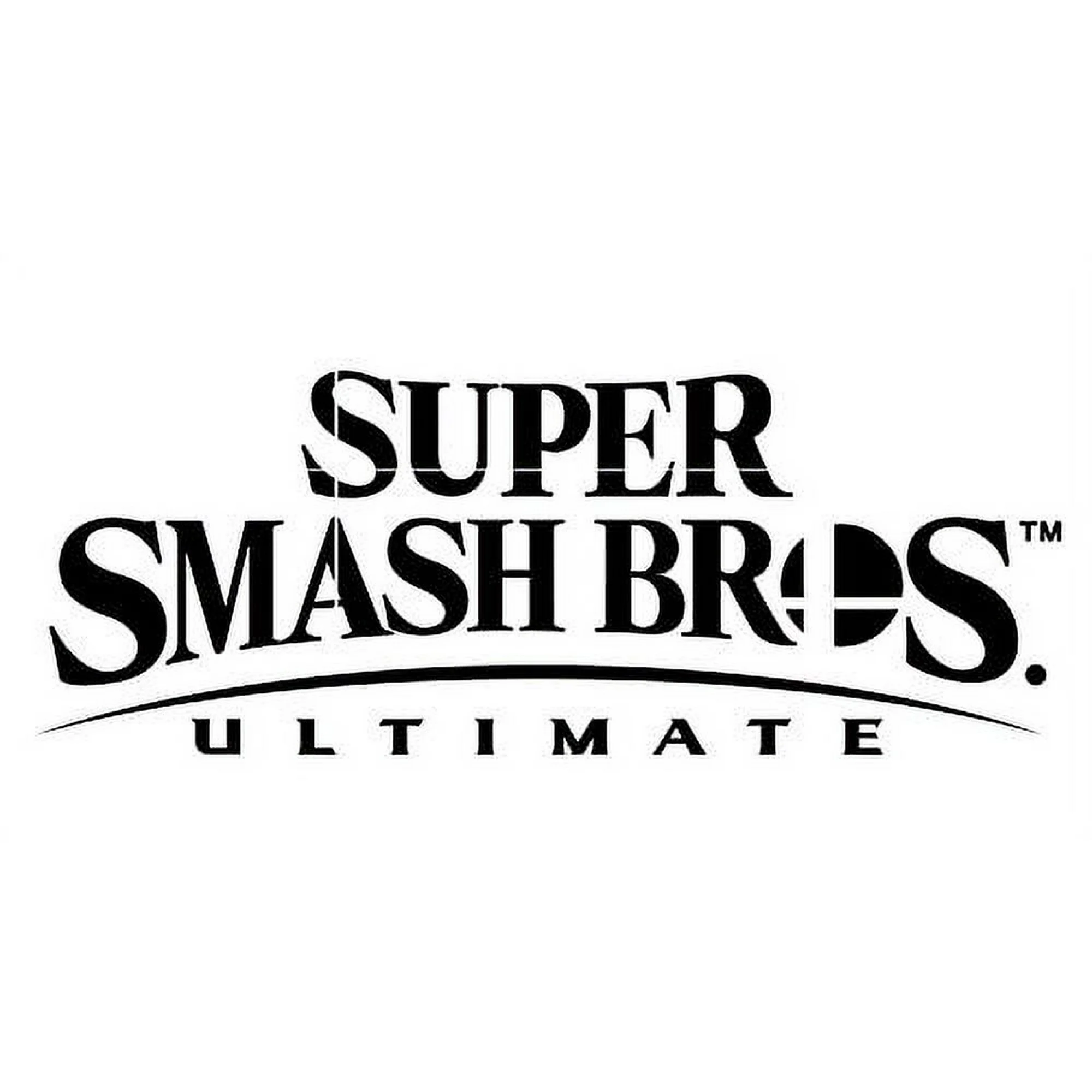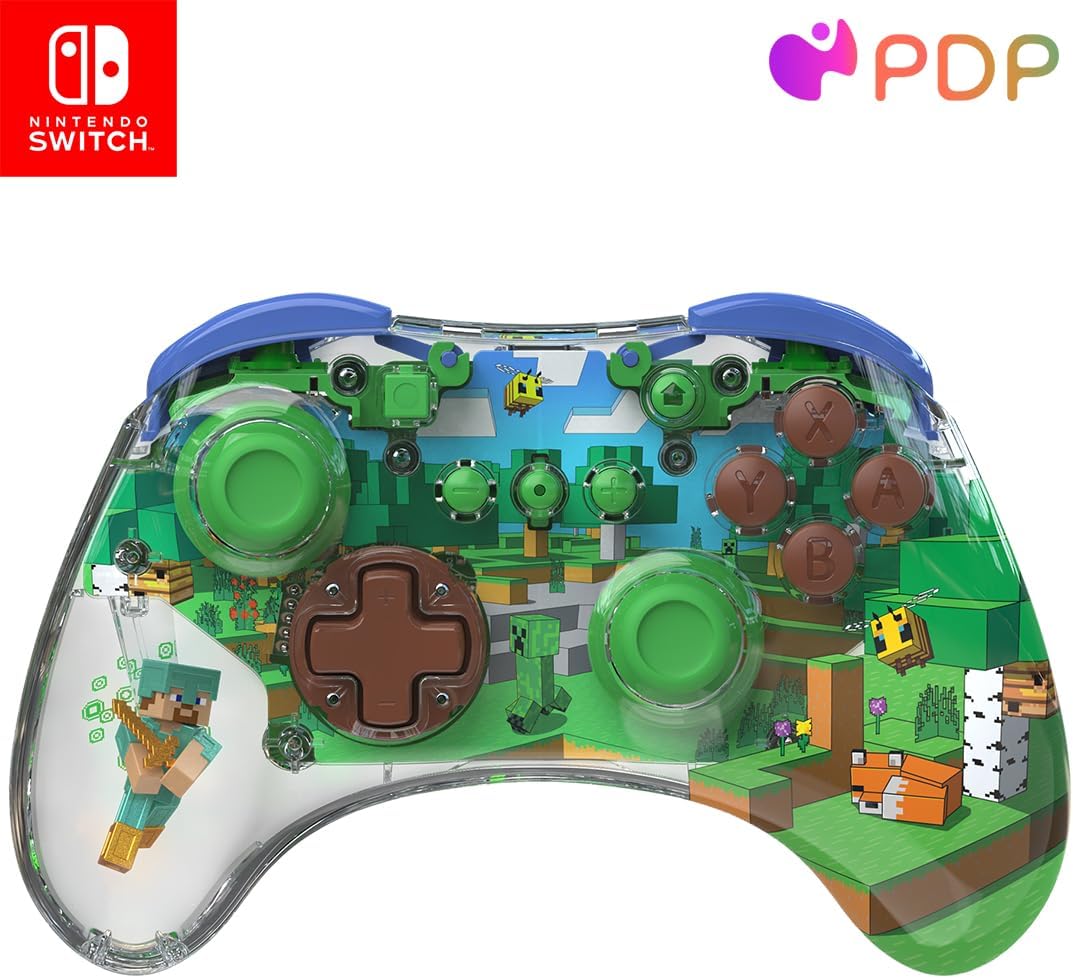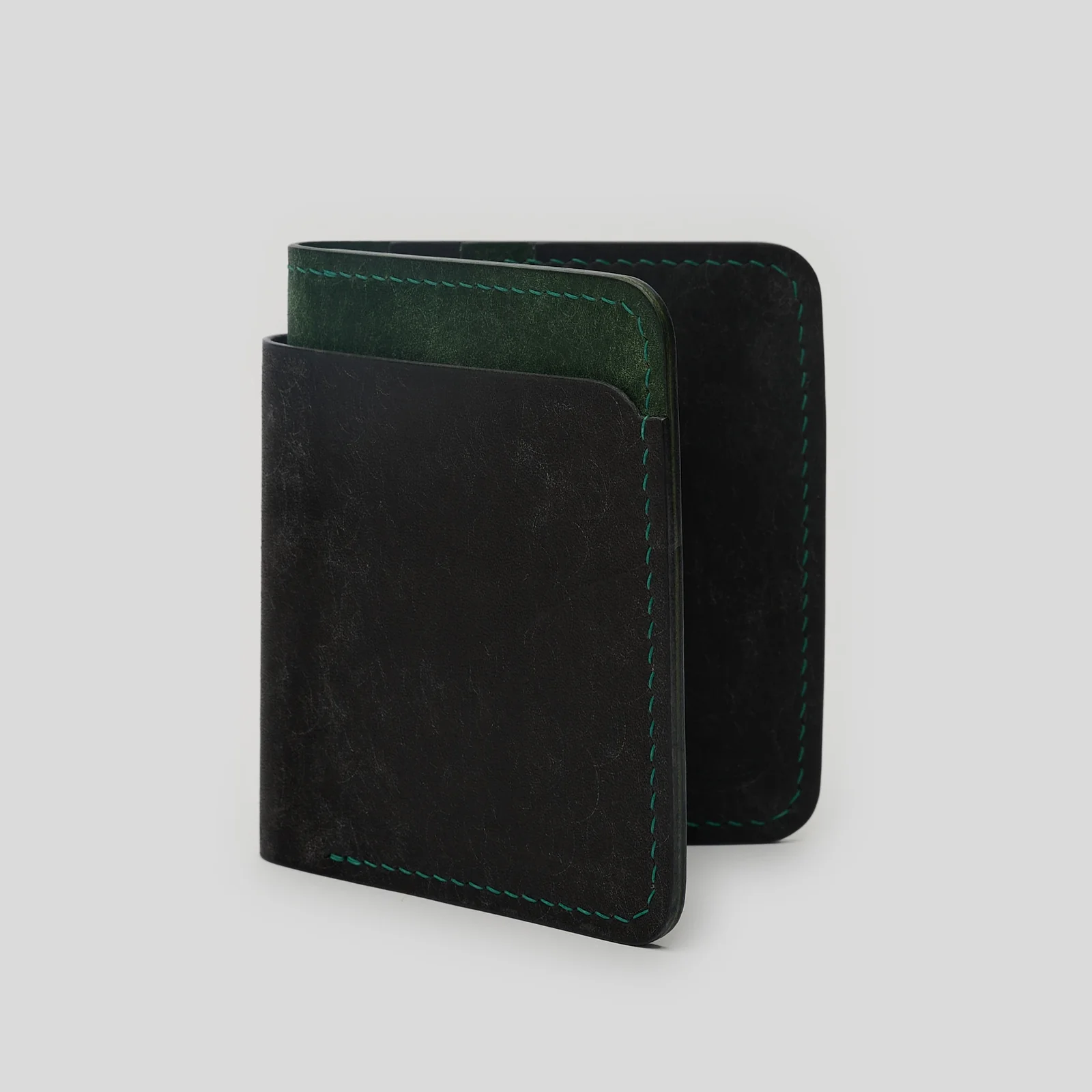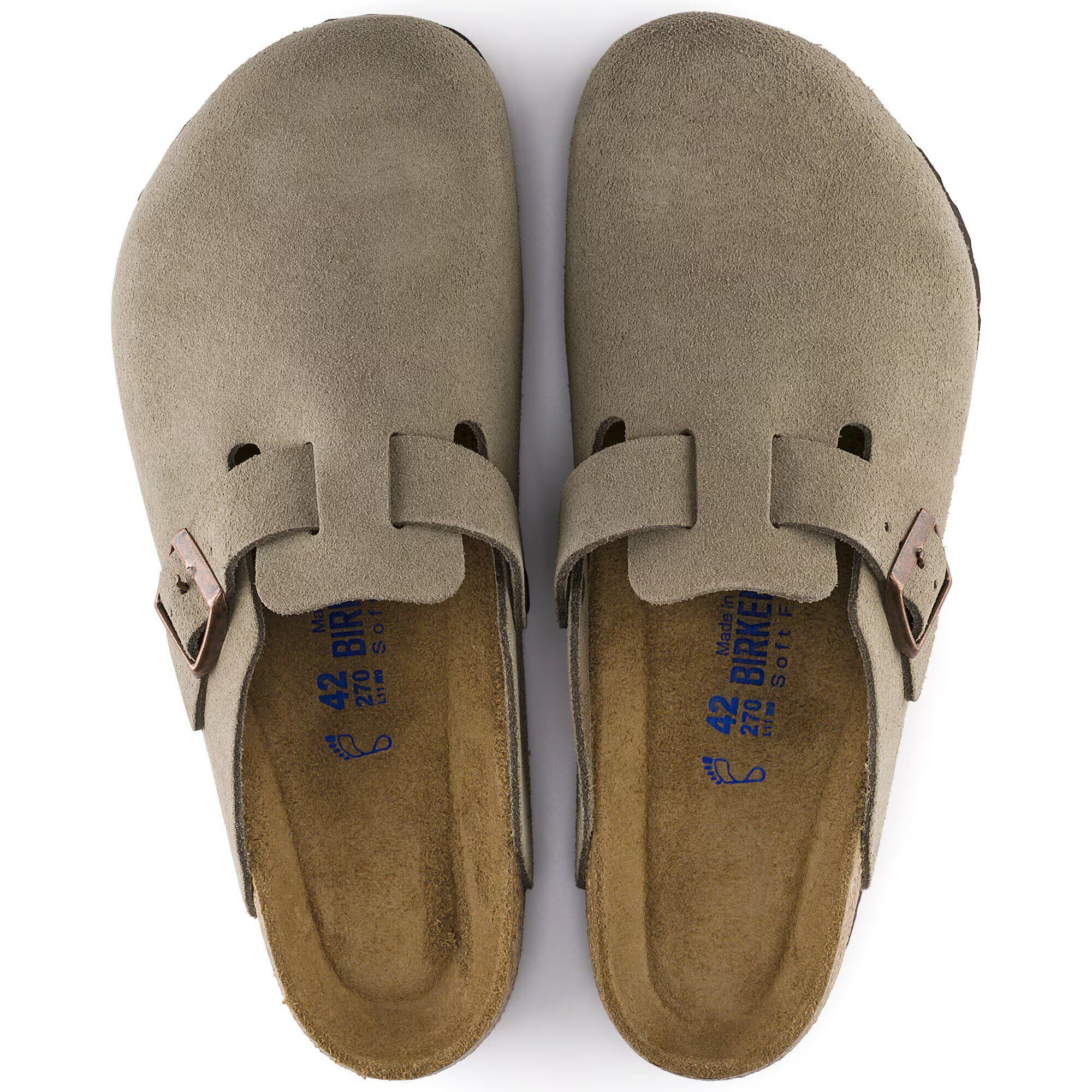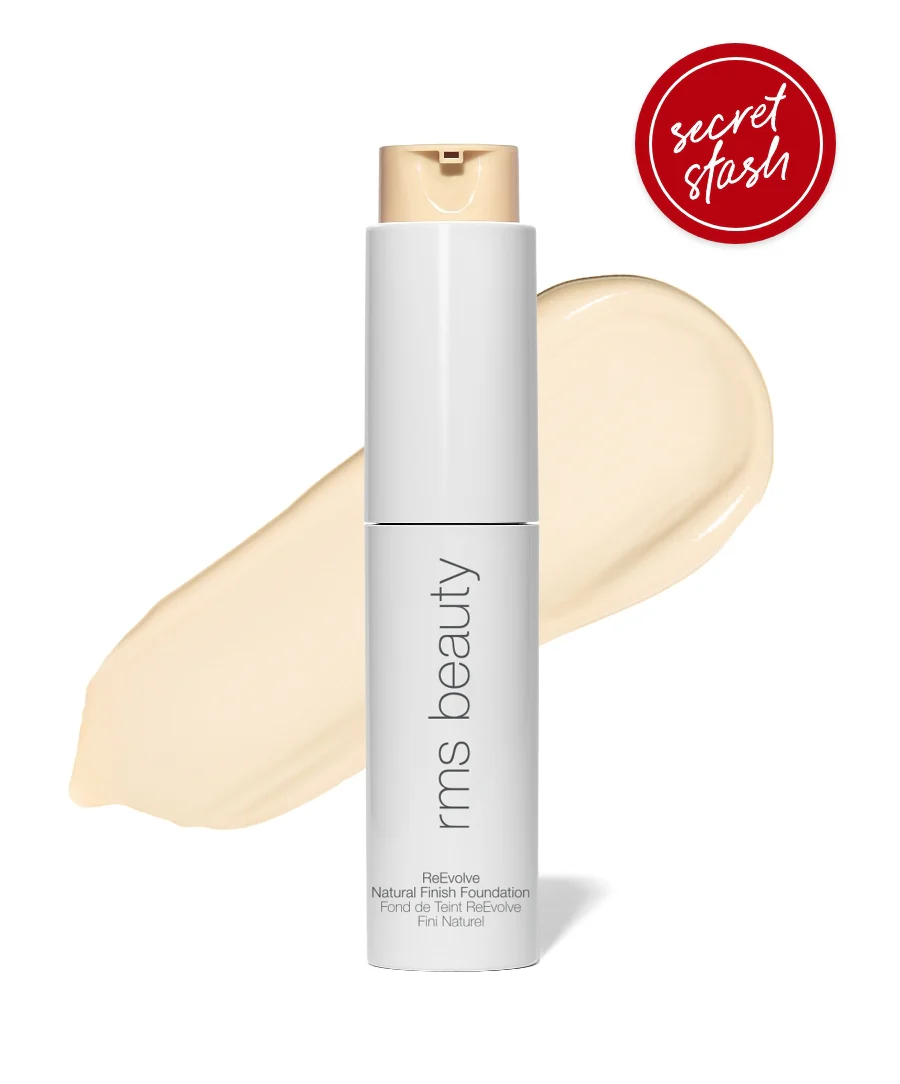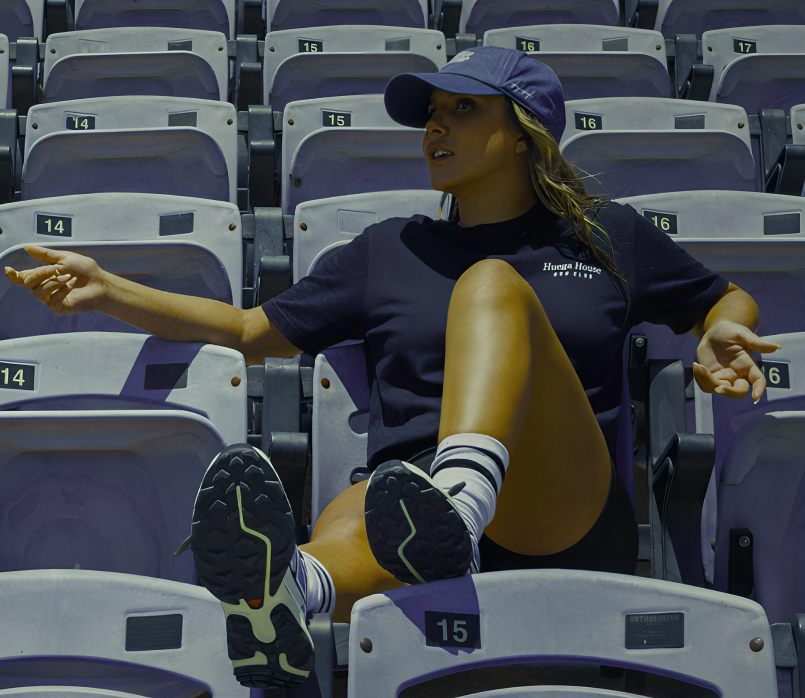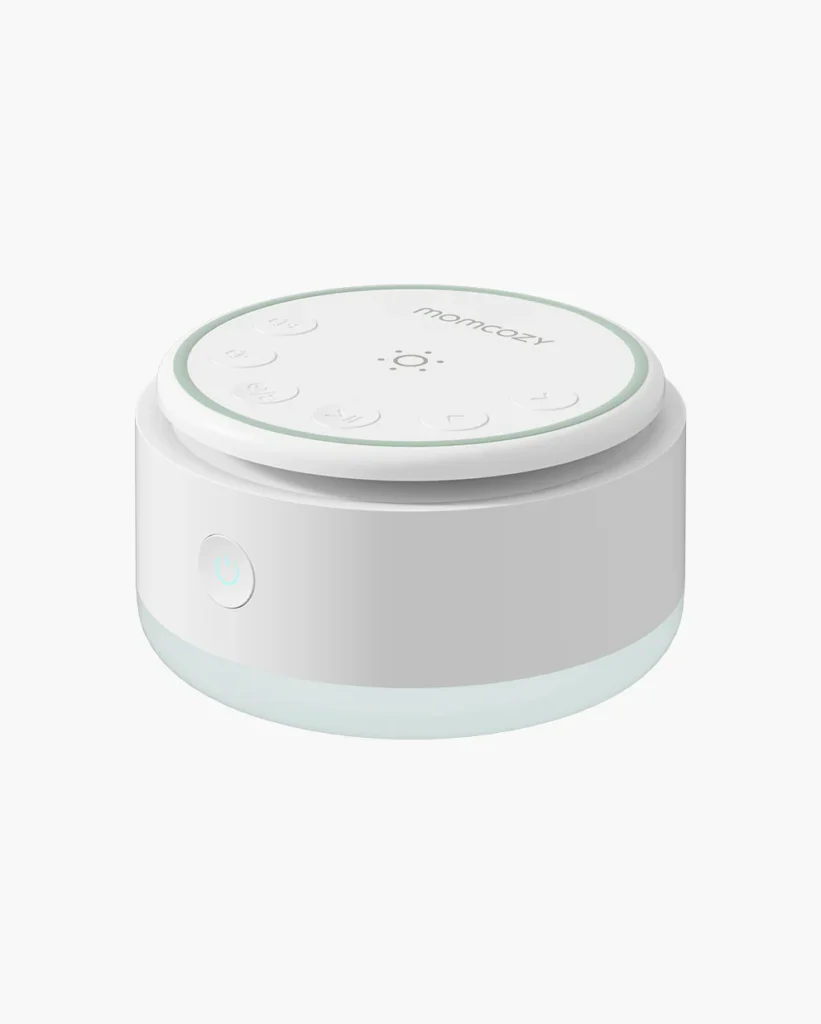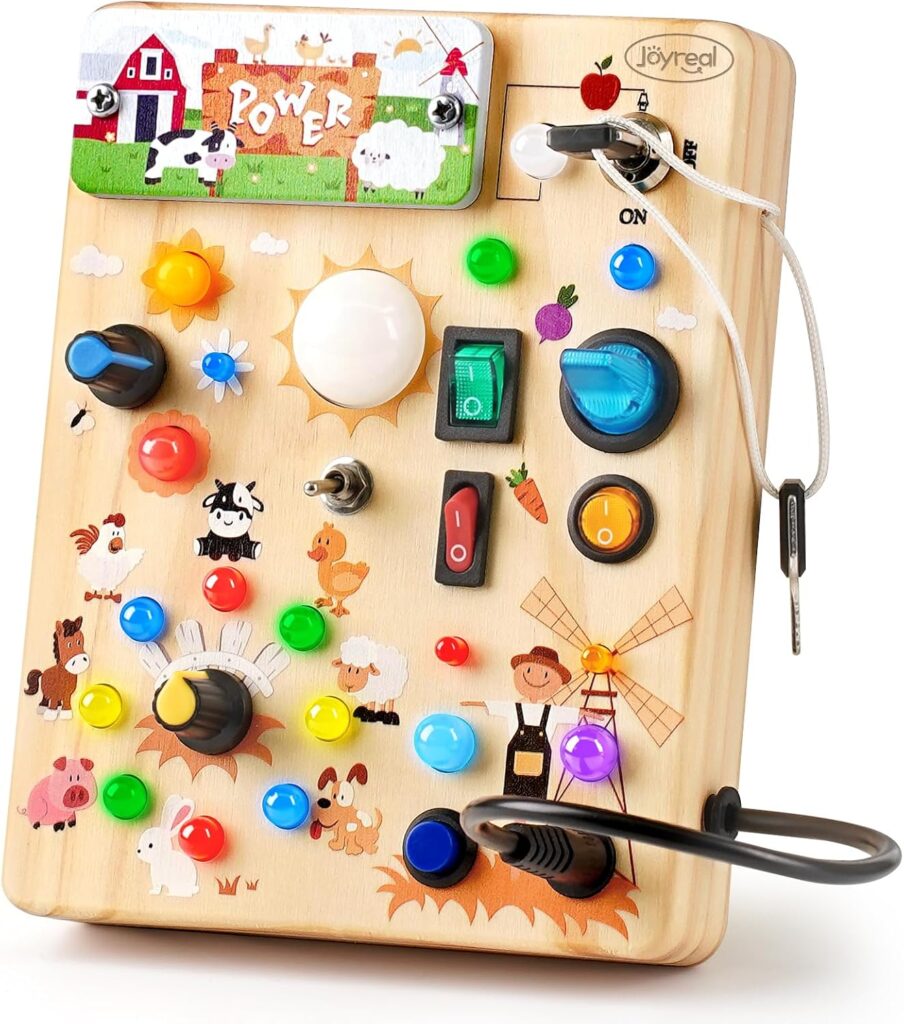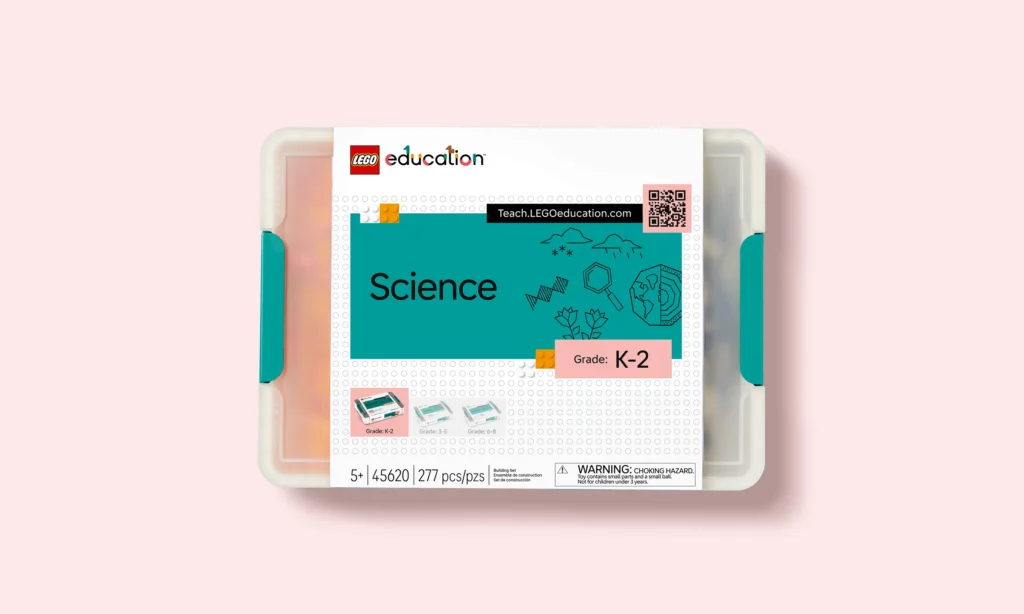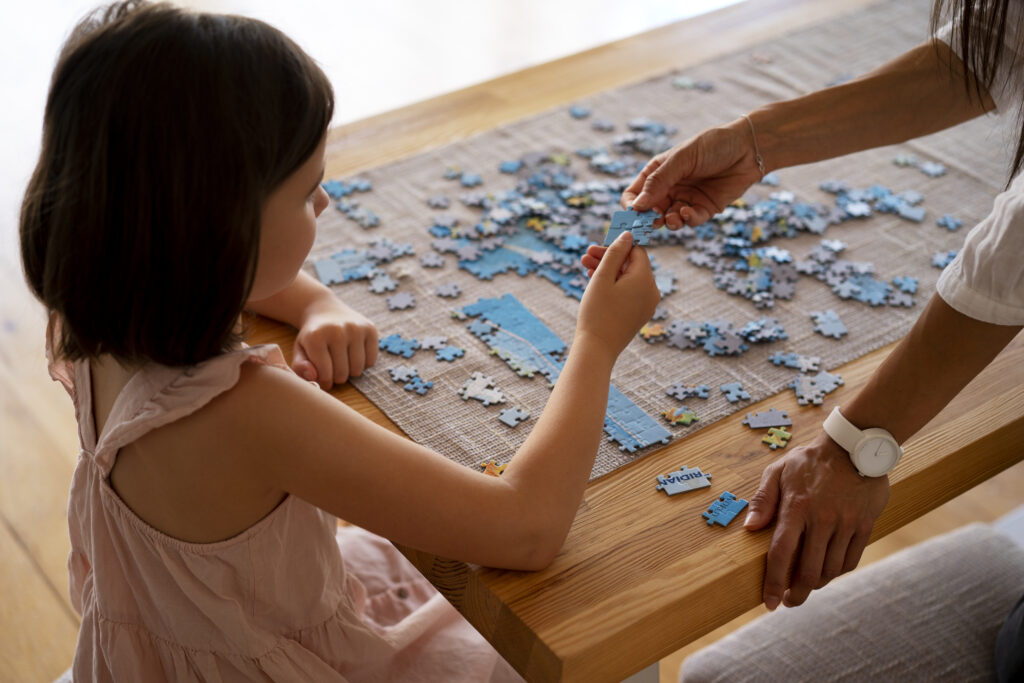Few games can truly live up to the weight of the word “Ultimate.” Super Smash Bros. Ultimate is one of them. Released for Nintendo Switch in 2018, this monumental entry in the Smash Bros. franchise delivers the most ambitious crossover in gaming history. It’s not just a fighting game—it’s a celebration of video game culture itself.
With a roster that includes every character from past Smash titles plus exciting newcomers, a stage list rivaling the length of an encyclopedia, and modes for both solo adventurers and competitive warriors, Ultimate is the kind of game you can sink thousands of hours into and still discover something new.
Shop Super Smash Bros. Ultimate
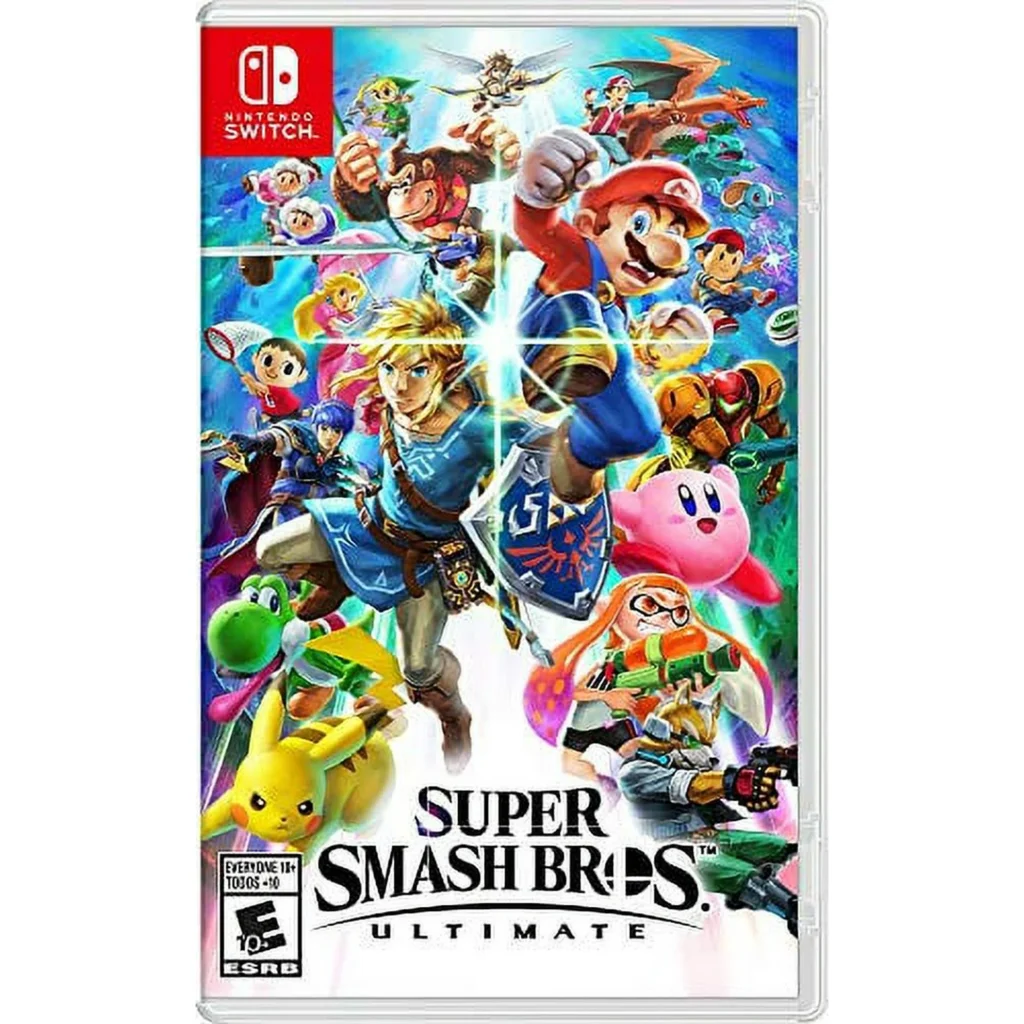
The Largest Roster Ever Assembled
The single most jaw-dropping fact about Smash Ultimate is its character lineup. Every fighter from the history of Smash returns, from Nintendo staples like Mario, Link, and Pikachu, to third-party icons like Snake, Sonic, and Mega Man. In total, the base game features 74 fighters, with additional downloadable characters pushing the number close to 90.
Notable newcomers include:
- Inkling from Splatoon with paint-splashing mechanics.
- Ridley, long requested from the Metroid franchise.
- King K. Rool, finally giving Donkey Kong fans their nemesis.
- Simon and Richter Belmont, representing Castlevania with whip-based combat.
This unmatched variety means every player can find a fighter that matches their style, whether they prefer fast, aerial combat, heavy-hitting bruisers, or technical characters with unique gimmicks.
Shop Super Smash Bros. Ultimate
Iconic Stages Across Gaming History
The stages in Ultimate are just as impressive as the roster. Over 100 battlegrounds pull from beloved Nintendo series and beyond, including:
- Hyrule Castle and Great Plateau Tower from Zelda.
- Mushroom Kingdom and Princess Peach’s Castle from Mario.
- Pokémon Stadiums with dynamic transformations.
- Retro tributes like Balloon Fight, Pac-Land, and Duck Hunt.
Stages can be played in multiple formats—hazard-heavy for chaos or “Omega” mode for competitive precision. Players can even use the new Stage Morph feature, which seamlessly shifts the battlefield mid-fight from one arena to another.
Gameplay: Accessible Yet Deep
At its core, Smash Ultimate is simple: rack up damage on opponents and knock them off the stage. But under this simplicity lies layers of mechanics that keep the game endlessly replayable.
Key gameplay features include:
- Directional influence to survive hits longer.
- Shielding and dodging for defense.
- Smash attacks for powerful knockouts.
- Grabs, throws, and aerial combos that allow for creative play.
This blend makes the game perfect for parties, where button-mashing can still be fun, while simultaneously offering the kind of depth that has made it a staple of competitive esports.
Shop Super Smash Bros. Ultimate
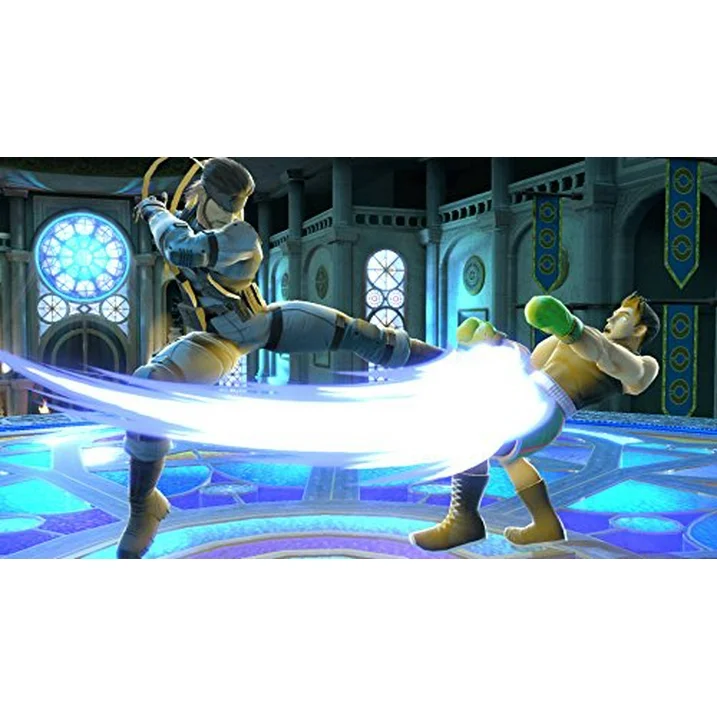
World of Light: A Single-Player Adventure
While many buy Smash for its multiplayer chaos, Ultimate delivers a surprisingly robust single-player mode in World of Light.
After a cataclysm wipes out nearly every fighter, Kirby sets out to free spirits of fallen characters, unlocking them through a sprawling map full of themed battles. These encounters reference dozens of franchises, with clever conditions like reversed gravity, giant opponents, or item restrictions that make every fight feel distinct.
World of Light not only extends the game’s lifespan for solo players but also doubles as a fun crash course in gaming history.
Shop Super Smash Bros. Ultimate
Spirits: A Collectible Twist
Replacing the “trophies” from past games, Ultimate introduces Spirits—collectible characters that provide stat boosts and abilities when equipped.
Spirits represent countless characters, enemies, and objects from across the gaming multiverse, many of which aren’t otherwise playable. With thousands to collect, Spirits give Ultimate a Pokémon-like layer of progression and customization.
For players who love grinding, unlocking, and strategizing with different builds, the Spirit system adds tremendous depth.
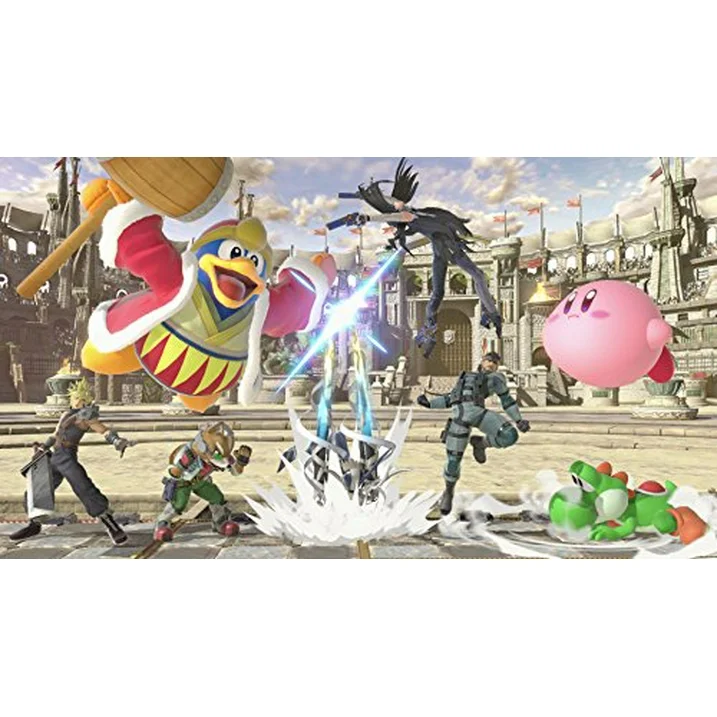
Multiplayer Madness
No Smash game is complete without multiplayer, and Ultimate delivers some of the most chaotic fun you can have with friends.
- Local play supports up to eight players on a single screen, turning battles into absolute mayhem.
- Online play allows for ranked matches, tournaments, and casual lobbies with friends.
- Custom rulesets let you tweak everything from time limits to item frequency, creating experiences ranging from serious duels to silly, item-heavy brawls.
Few games capture the joy of yelling, laughing, and groaning at the same time like a late-night Smash Ultimate session.
Shop Super Smash Bros. Ultimate
DLC Fighters and Expansions
The post-launch DLC content kept Ultimate fresh for years. Fighters like Banjo-Kazooie, Joker from Persona 5, Sephiroth from Final Fantasy VII, and even Sora from Kingdom Hearts were added. Each new character brought not only unique moves but also stages and music from their franchises.
This steady stream of content cemented Ultimate as a living game, one that grew alongside its player base and constantly sparked excitement with each new reveal.
Music: Gaming’s Greatest Soundtrack
One of the most overlooked yet brilliant aspects of Ultimate is its soundtrack. The game features over 800 music tracks (more than 1,000 with DLC), spanning franchises like Mario, Zelda, Castlevania, Metal Gear, and Street Fighter.
Players can create custom playlists, assign music to specific stages, and essentially build their own ultimate gaming mixtape. It’s like carrying a jukebox of video game history in your pocket.
Shop Super Smash Bros. Ultimate
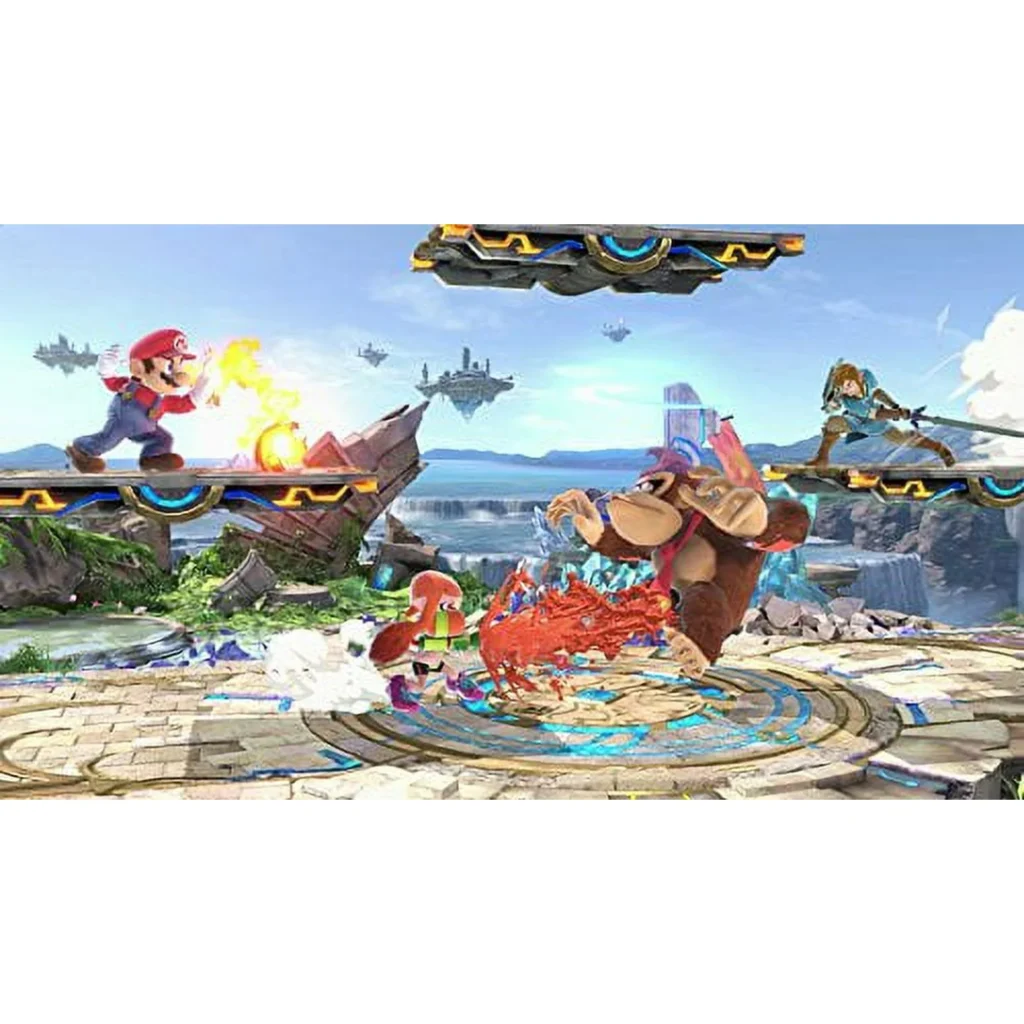
Competitive Scene
Beyond parties and casual play, Smash Ultimate has cemented itself as one of the biggest competitive fighting games in the world.
Tournaments are held globally, with players mastering advanced techniques, frame-perfect timing, and intricate combos. The diversity of the roster ensures constant debate about tier lists, balance, and matchups, keeping the community active and engaged.
Even if you’re not a competitor, watching a Smash tournament is electrifying—the crowd roars when a favorite fighter clutches a last-second victory.
Shop Super Smash Bros. Ultimate
Visuals and Performance
On Nintendo Switch, Ultimate runs smoothly at 60 frames per second, even during the most chaotic 8-player matches. Characters are lovingly detailed, and stages often feature background cameos, dynamic lighting, and references that fans will instantly recognize.
The game manages to balance vibrant cartoonish style with enough polish to make it visually stunning. It’s both accessible to kids and satisfying for adults.
Why It’s Still Relevant Today
Years after release, Super Smash Bros. Ultimate continues to dominate as one of the most played and beloved Nintendo Switch titles. Its sheer amount of content, replay value, and cultural significance keep it evergreen.
It’s not just a fighting game—it’s a museum of gaming history, a community hub, and a party starter all rolled into one.
Final Thoughts
Super Smash Bros. Ultimate isn’t just the best Smash Bros. game—it’s one of the most important games of its generation. With unmatched content, brilliant gameplay balance, and a spirit of celebration that honors decades of gaming, it’s the kind of title that defines a console.
Whether you’re a casual player who just wants to see Pikachu fight Cloud, or a competitive grinder pushing your main to its limits, Ultimate delivers. It’s more than a game—it’s an event, an experience, and a legacy.
Shop Super Smash Bros. Ultimate
FAQ
- How many fighters are in Super Smash Bros. Ultimate?
The base game includes 74 fighters, with nearly 90 total when DLC is added. - What makes Ultimate different from past Smash games?
It features every fighter ever, over 100 stages, a robust single-player campaign, and ongoing DLC support. - Can I play Smash Ultimate solo?
Yes—modes like World of Light, Classic Mode, and Spirit battles offer dozens of hours of single-player content. - Is the game good for beginners?
Absolutely. The mechanics are simple to learn but deep enough for experts to master. - How many players can join in local multiplayer?
Up to eight players can battle on a single console. - What is the World of Light mode?
It’s the single-player story campaign where Kirby rescues fighters captured by a mysterious force. - Does Ultimate support online play?
Yes, you can fight in ranked matches, casual lobbies, and tournaments online. - Is Super Smash Bros. Ultimate still popular today?
Yes, it remains a top-selling Switch title, a staple in esports, and a fan favorite for casual play.

